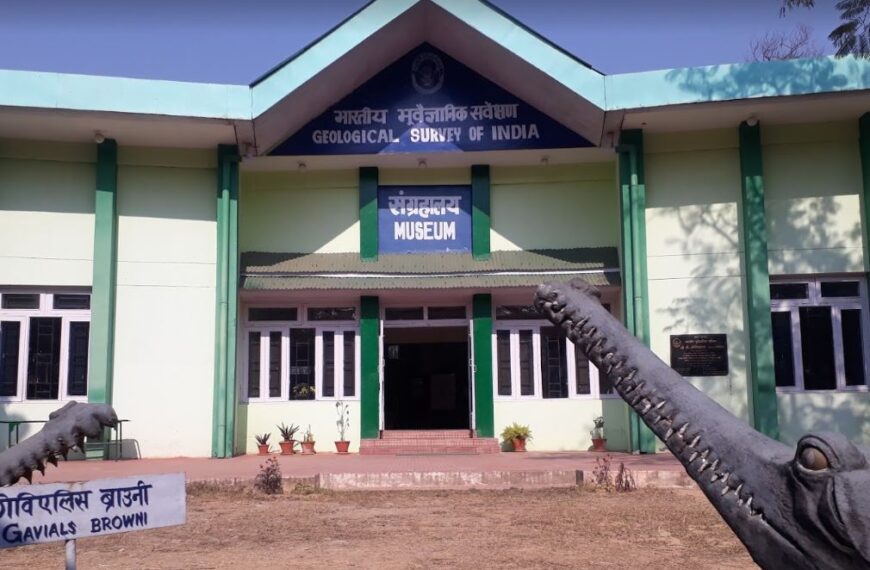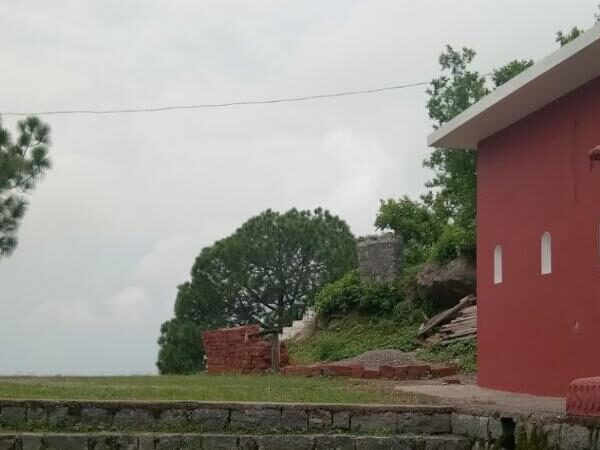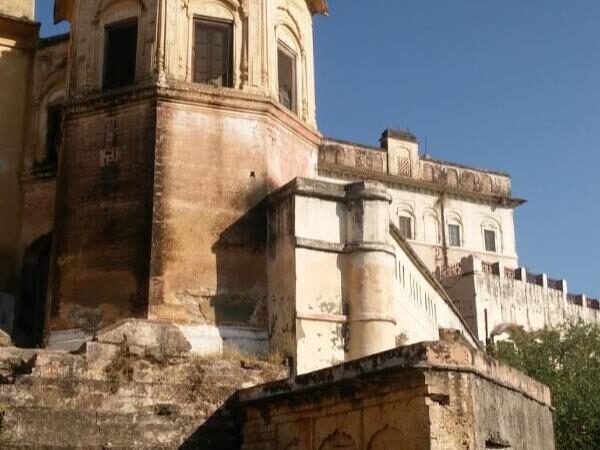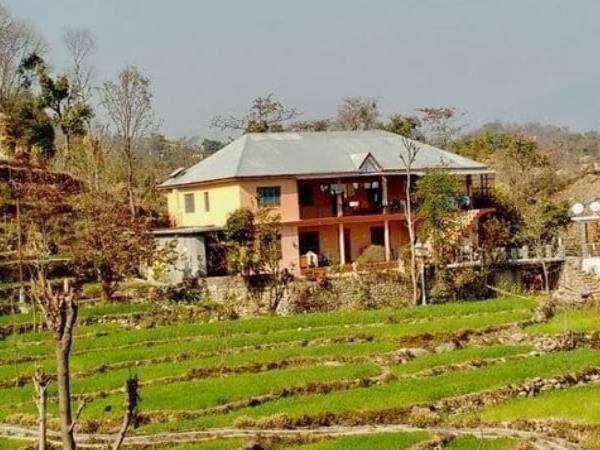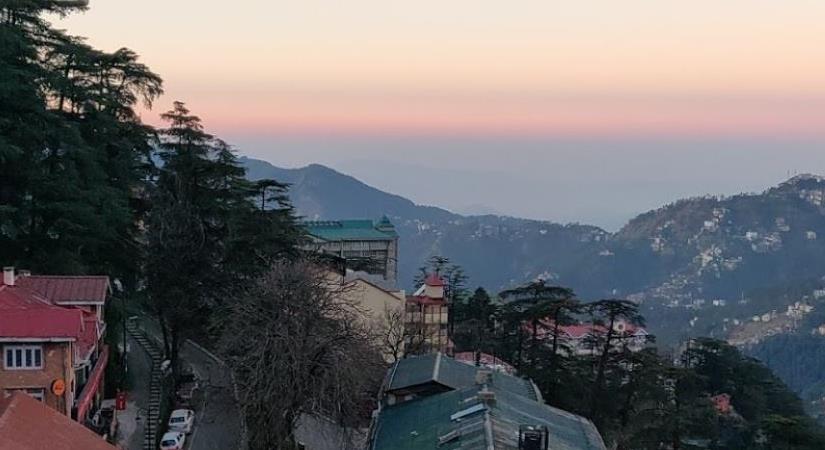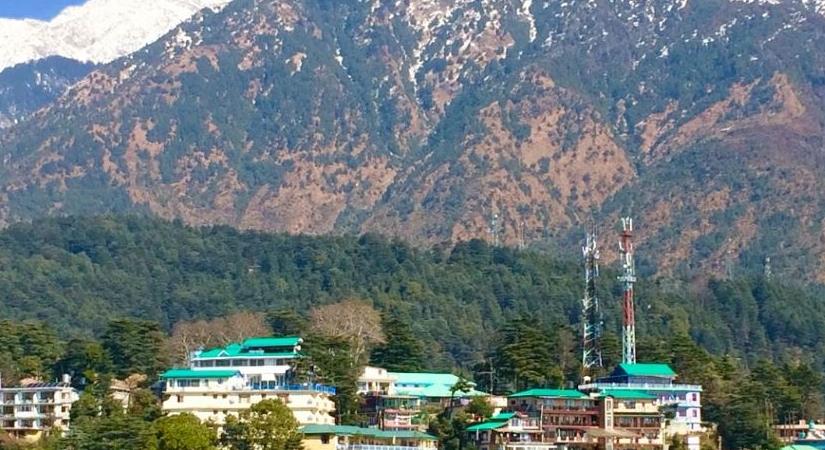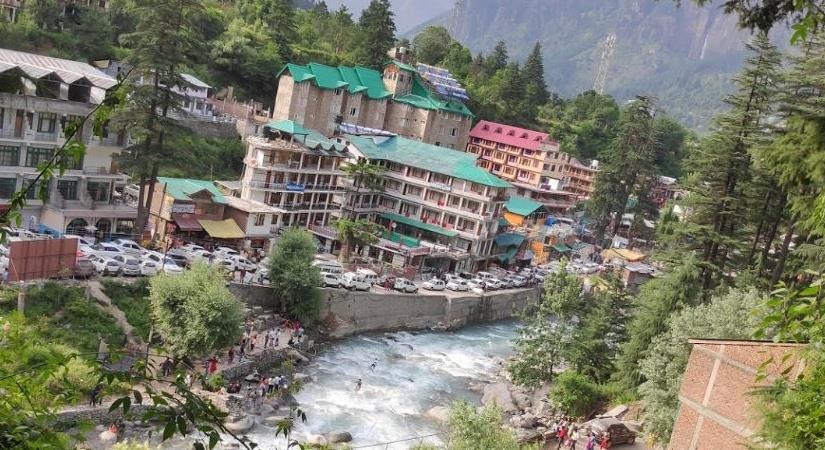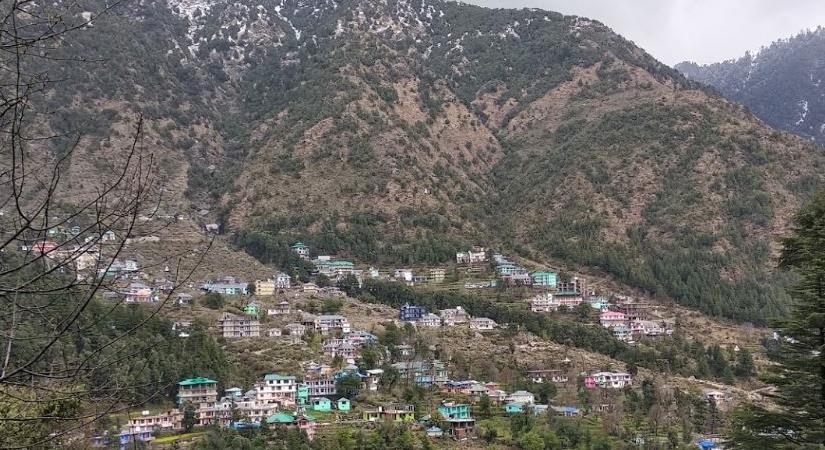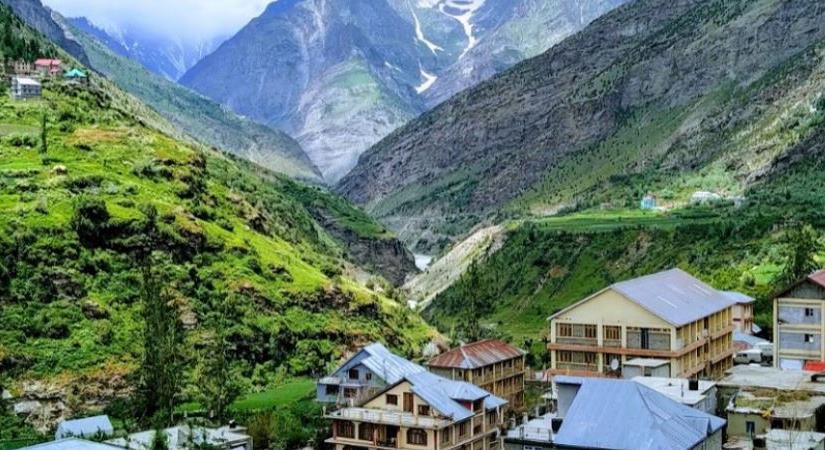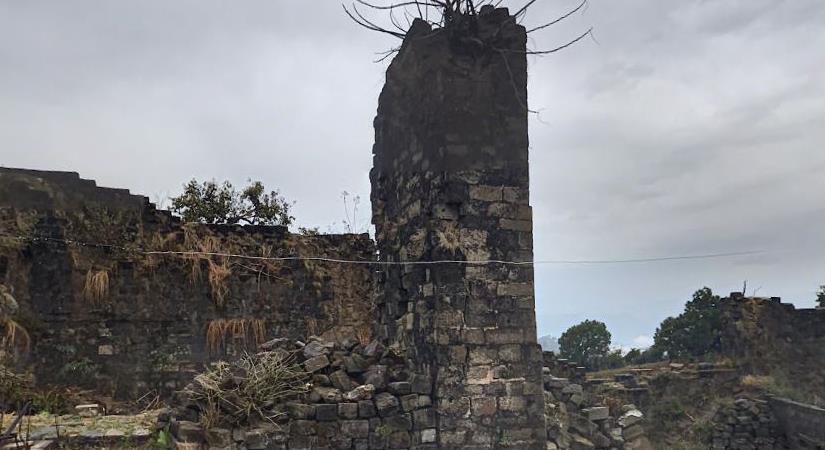Kye Gompa (also spelled Ki, Key or Kee – pronounced like English key) is a Tibetan Buddhist monastery located on top of a hill in the Spiti Valley of Himachal Pradesh.
Nestled high in the Himalayas, at an altitude of 4,166 meters above sea level, Key Monastery is not only a religious training center for Lamas but also a testament to the rich history and cultural heritage of the region.
Founded in the 11th century by Dromton, a student of the famous teacher Atisha, Key Monastery has a long and fascinating history. Over the centuries, it has survived numerous attacks and natural calamities, including earthquakes and fires, to emerge as the largest and oldest monastery in the Spiti Valley.
Despite its rough and rugged exterior, Key Monastery is a magnificent example of the monastic architecture that started to gain popularity in the 14th century as a result of Chinese influence.
The walls of Key Monastery are adorned with beautiful murals and paintings, and the interior is just as stunning. With three floors, the first floor is mainly used for storage, while the ground floor houses the Assembly Hall and cells for the monks. The Tangyur room, which is richly painted with murals, is a must-visit for any traveler. The monastery also has a collection of ancient books, murals, and Buddha images, which are a testament to its rich cultural heritage.
Key Monastery is also a hub of religious activity, with nearly 300 lamas receiving their education here. The current head of the monastery is the 19th reincarnation of Guru Rinpoche, who resides within its sacred walls.
In 2000, Key Monastery celebrated the completion of its thousandth year in the presence of the Dalai Lama, and a new Prayer Hall was inaugurated by him on 3rd August of the same year.
However, reaching Key Monastery is not without its challenges. Driving from Manali to Kaza can be quite risky, so it is recommended to take a bus instead. The nearest town, Kaza, has only one or two ATMs, so make sure to carry enough cash. The monastery also provides accommodation options for travelers, which is a great way to experience the serene life of the monks and immerse yourself in the rich cultural heritage of the region.
In conclusion, visiting Key Monastery is a timeless journey through history and culture, and a must-visit for anyone looking to explore the beauty and richness of the Himalayan region.
